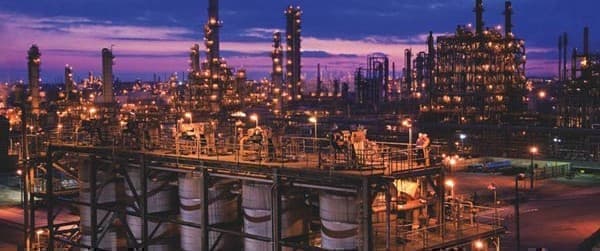There has been a slew of positive signs from the upstream industry: U.S. producers restarting shut-in wells in the shale patch, OPEC+ easing production cuts as they see the market inching closer to balance, and four consecutive weekly inventory draws in the U.S. are some of these signs. Meanwhile, in downstream, margins remain squeezed tight, some are turning their facilities into biofuels plants, and others are planning permanent closures. At least two European refineries will shut down permanently in the wake of the pandemic, Argus Media reported earlier this week. One is Gunvor’s facility in Antwerp, Belgium, and the other is a Total refinery near Paris that the French supermajor is considering turning into a biofuels plant. That would be more than 200,000 bpd in refining capacity gone forever.
But it might be the only way to survive: refining margins are at historic lows as demand for refined oil products returns more slowly than many may have hoped after the easing of the lockdowns. And now, with the second wave of infections sweeping through Europe, that return could be even reversed, although governments are reluctant to re-impose lockdowns.
The situation is not much different elsewhere, either. U.S. refiners, too, are turning their facilities into biofuels plants, banking on California’s legislation that will likely drive a massive increase in demand for biofuels in the coming years. With the current margins, it makes perfect sense.
Gasoline margins have averaged $1 per barrel in northwestern Europe since the start of July, according to Argus Media. This compares with $12 a barrel a year ago. That is a difference shocking enough for refiners who depend on their margins to survive, with gasoline typically serving as their most popular product.
Things are not much different in Asia or the United States. The problem is still the same: too much supply and not enough demand.
Related: U.S. Oil Exports To China Soar 139% In July
Earlier this month, Wood Mackenzie forecast that the average refining margins this year will stand at $1.40 per barrel of crude. That would be down from $3.70 per barrel a year ago and the lowest margin since 2000. There is some hope for the future, according to the consultancy. Wood Mac analysts see refining margins recovering to an average of $2 to $3 per barrel over the next four years. Still, this means the average would remain lower than pre-pandemic levels and 20 percent lower than Wood Mac’s own earlier forecasts before the coronavirus wrecked the industry.
There is, however, one group that is optimistic, at least for the short term. Traders. Following the logic that sooner or later refining margins will start improving, and betting that this will happen sooner rather than later, traders are buying more fuel futures than crude oil, Reuters market analyst John Kemp wrote this week.
Since early June, Kemp noted, funds have bought some 80 million barrels of fuels in three major futures contracts—U.S. gasoline, U.S. diesel, and European gasoil—while selling a total of 32 million barrels of crude oil. There is some logic behind this as refiners cut runs and production. However, the supply overhang appears to still be sizeable while demand recovery stalls, and these lower runs and lower production have yet to be reflected in price movements.
Even the recent threat of a twin storm in the Gulf of Mexico that has shut in most offshore oil production and has prompted refiners to be ready to shut down has been unable to spark a true rally, only pushing oil prices higher for a few hours before they slid down again. Gasoline has benefited, but this will likely be only for the duration of the storm threat. Unless we see a more solid pick-up in demand for fuels, chances are the fuel rally traders anticipate will unfold later rather than sooner.
By Irina Slav for Oilprice.com
More Top Reads From Oilprice.com:
- Investment Funds Could Miss Out On Multi-Year Bull Run In Oil & Gas Stocks
- Saudi Energy Ministry To Help Build $500 Billion Smart City
- Oil Rallies As Twin Storms Force Shut-Ins In Gulf Of Mexico


















